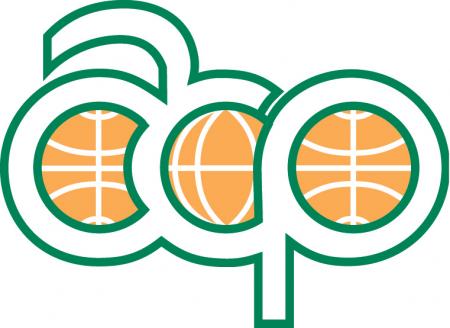Protected areas expanding fast but failing to halt nature loss, studies warn
New research suggests that the rapid expansion of protected areas worldwide is giving a misleading picture of progress, with biodiversity continuing to decline inside many sites designated for protection.
The State of International 30x30 Funding report released December 2025 has called for a fundamental shift in how conservation is financed, urging governments and donors to prioritise long-term, predictable funding for management, enforcement and restoration.
Protected area management has significant spillover effects on vegetation
The Kunming–Montreal Global Biodiversity Framework calls for rapid global expansion of protected areas in response to ongoing biodiversity loss and ecosystem degradation1. One of its strongest selling points is the benefits protected areas provide to adjacent human communities2,3. However, little attention has been paid to how policy and management can support such benefits.
Five key opportunities to enhance the effectiveness of area-based marine conservation
Effective area-based conservation is central in global efforts to reverse marine biodiversity loss and safeguard ecosystem functioning. Here, we identify five key opportunities to maximize conservation potential as nations progress towards the Convention on Biological Diversity’s 2030 area-based management targets. These include enhancing accountability, elevating conservation in spatial planning, implementing adaptive management, coordinating conservation efforts across scales, and reconciling design with expected outcomes.
Twenty-five years of misinterpreting the biodiversity hotspot approach
A quarter of a century after its publication, the biodiversity hotspot concept remains one of the most cited and influential frameworks in conservation science. But its real-world impact is poorly documented in peer-reviewed literature, which hinders the development of new approaches for prioritizing conservation action.
OTHER EFFECTIVE AREA-BASED CONSERVATION MEASURES
Area-based conservation has long been a cornerstone of efforts to conserve species and habitats, safeguard and enhance nature’s contributions to people, 1and improve the resilience of land and seascapes to climate change (Zeng et al. 2022; Brodie et al. 2023; Duncanson et al. 2023; Nowakowski et al. 2023; Cannizzo et al. 2024).
Equipping the next generation of plant taxonomists: Insights and recommendations
Plant taxonomy underpins biodiversity research and conservation, but global disparities in training and resources hinder progress, especially in biodiversity- rich regions. Through a global survey of taxonomists and trainers, we reveal that 48% of countries have fewer than ten active plant taxonomists and that there are stark regional gaps in access to basic tools and infrastructure. A 'limi-
A new species of jewel-babbler (Cinclosomatidae: Ptilorrhoa) from the Southern Fold Mountains of Papua New Guinea
Based on distinctive morphological and vocal characters we describe a new species of jewel-babbler (genus Ptilorrhoa) from the forested karst of the Southern Fold Mountains in Papua New Guinea. The description is based on camera trap data and is presented in accordance with ICZN Declaration 45. The new species is currently known only from the type locality at the top of Iagifu Ridge (1335–1400 m above sea level), a limestone anticline isolated from the main body of New Guinea's central cordillera, where it is uncommon.
What Will Count?—Evidence for the Global Recognition of Other Effective area–based Conservation Measures
Other effective area–based conservation measures (OECMs) are anticipated to play an important role in progress towards global protection targets, with progress being judged on the basis of the areas reported to the World Database on Other Effective area-based Conservation Measures (WD-OECM). Given concerns that OECMs may be designated inappropriately, in this study we asked what evidence has been provided to show that sites have been assessed against the criteria to be OECMs.
Conservation and Commerce: Managing Small-Scale Fisheries for Ecological and Livelihood Benefits
Delivering both social and ecological outcomes is regarded as essential for conservation actions to be effective, particularly in regions where Indigenous Peoples (IPs) and local communities (LCs) depend heavily on natural resources. In the Indo-Pacific, sustainable small-scale fisheries are seen as potential win–win solutions. Here, we evaluate the opportunities and challenges of supporting IPs and LCs to sustainably manage and add value to a high-value marine commodity using a case study from the Mwanus Endras Asi Resource Development Network (MEARDN) in Manus Province, Papua New Guinea.






